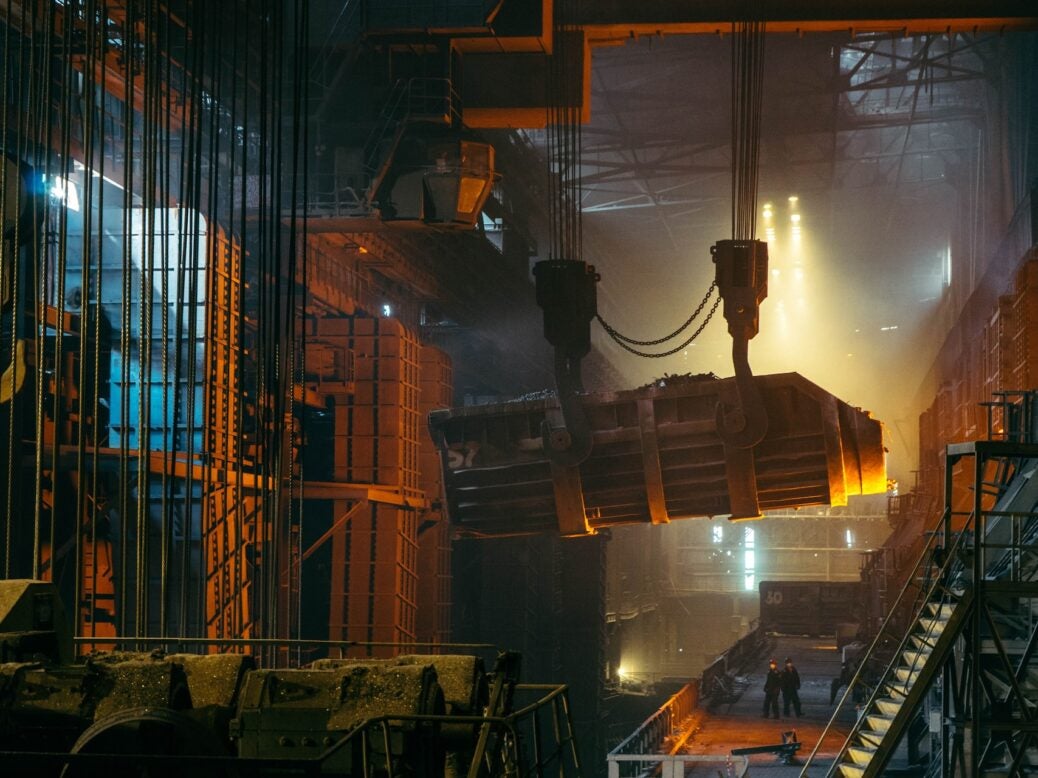By 2040, Anglo American intends to reduce 50% of Scope 3 emissions. Credit: Ant Rozetsky on Unsplash.
Anglo American and Thyssenkrupp Steel Europe have reached a memorandum of understanding (MoU) to jointly work on developing decarbonisation solutions for steelmaking.
Under the MoU, the firms will together conduct research to expedite the development of ‘high-quality’ feedstock for reduced carbon steel production.
The work will see the utilisation of conventional blast furnace and direct reduction iron (DRI) steelmaking.
According to Anglo American, the DRI could produce significantly lower emissions compared to more prevalent steelmaking routes of blast furnaces and basic oxygen furnaces.
Anglo American marketing business CEO Peter Whitcutt said: “As the steel sector advances its efforts to transition from traditionally carbon intensive production methods to cleaner, more sustainable processes, Anglo American’s high-quality iron ore products will continue to play an important role in enabling low carbon steel production at scale.”
Whitcutt said the firm will combine the premium physical and chemical qualities of its minerals with Thyssenkrupp Steel’s innovative technology to drive more sustainable operations.
ThyssenKrupp Steel chief technology officer Dr Arnd Köfler said: “We want to decarbonise the steel value chain inside and outside our plant boundaries. We are making our own production low-carbon through a combination of direct reduction plants with innovative melters. In addition, we are working with many partners to make steel low-carbon from A to Z.
“We are therefore very pleased to be working with Anglo American to explore ways in which we can use high-grade iron ore in the production process in the most emission-reducing way possible.”
By 2040, Anglo American aims to reduce 50% of Scope 3 emissions.
In July 2022, Anglo American signed an MoU with Nippon Steel Corporation to jointly work on expediting the transition to decrease carbon steelmaking.
This article was published by: Archana Rani
Visit the original article here



